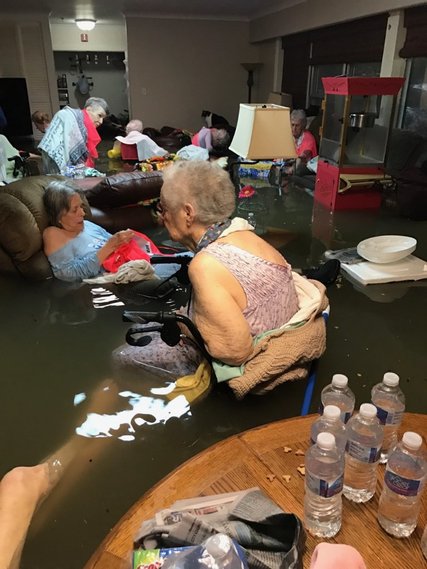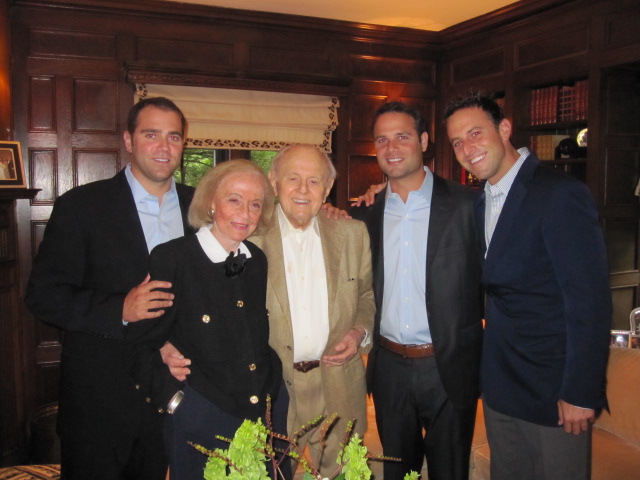Caring is Essential
National Assisted Living Week 2020
The pandemic has brought change to senior living like nothing else before it. But through it all, the industry’s commitment to care has never wavered. In fact, many caregivers have gone above and beyond to keep their residents healthy and happy. In honor of these heroes, NCAL has announced “Caring Is EssentiAL” as the theme […]







